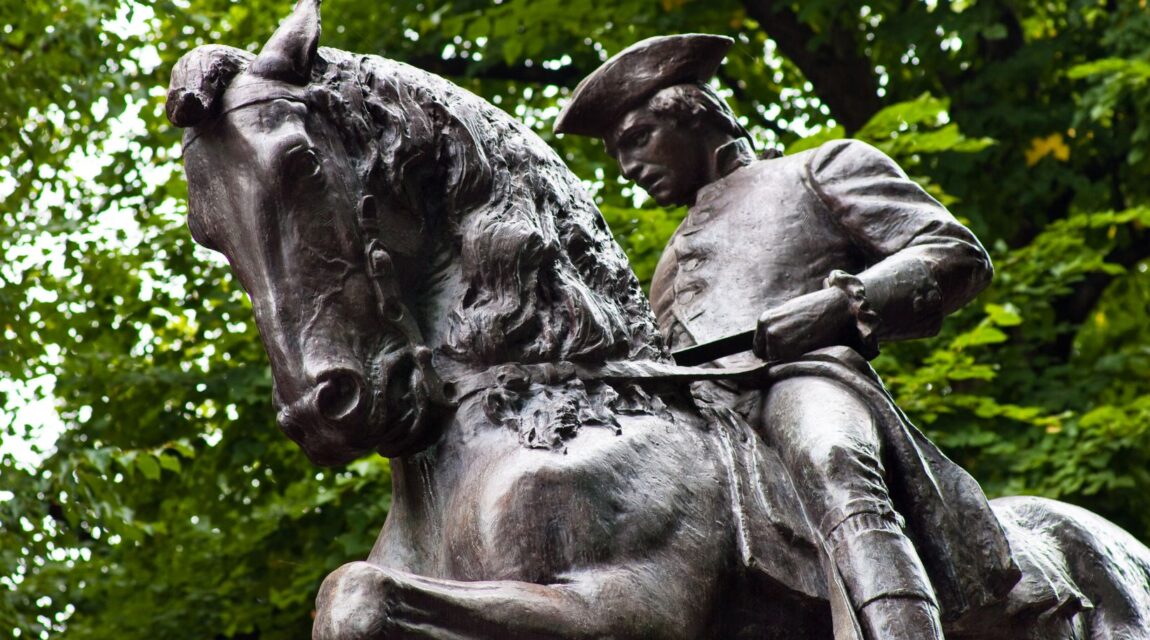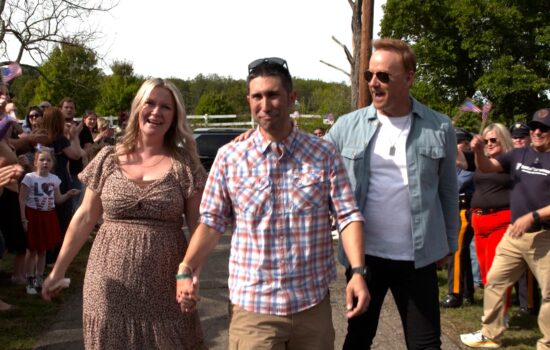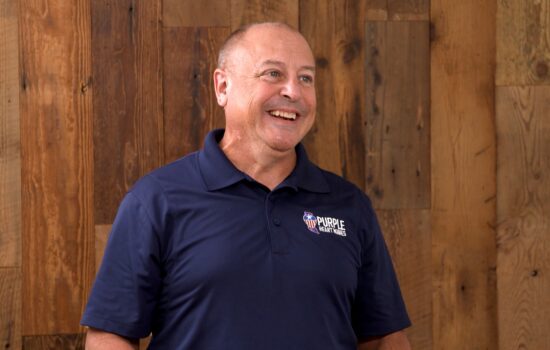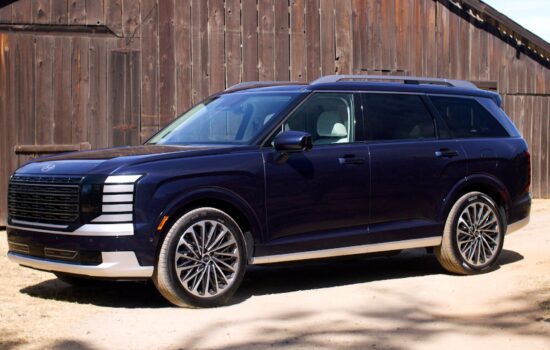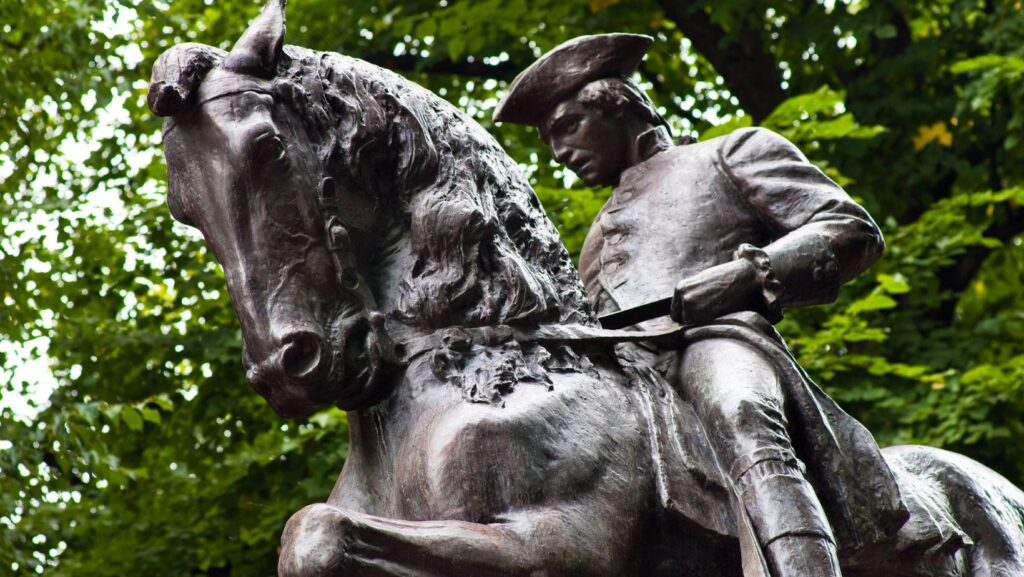
To some, he was a silversmith. To some, he was a hero. There’s a reason why everyone learned about Paul Revere during their early education days. However, more details surround this historical figure and his legendary ride than you may have been taught.
Back to Class
Whether it was called history class, social studies class, or labeled with a different title, there’s one similarity that connected all of them: Paul Revere.
As a kid, you may have had daydreams of the horseback hero courageously making his way to Lexington while yelling “The British are coming!”
We hate to break it to you, but all of the above was true except for the last part; Paul Revere never exclaimed the singular line that was associated with him the most.
Instead, his warnings were discrete as there were a high number of British soldiers stationed throughout Massachusetts.
Additionally, he never made it to Concord as some individuals claim. Although Paul Revere and two other riders were captured, their detainment was brief and they were soon released.
All it Takes is One
Regardless of the accuracy of your patriotic childhood memories, Revere and his contributions were critical in the successful outcome of the Revolutionary War.
Without his bravery and risk-taking, the militia of the 13 colonies would never have been aware of the looming threat presented by British troops heading their way.
Furthermore, the subsequent preparation and mobilization of militia troops due to Revere’s ride led to the Battle of Lexington and the Battle of Concord, which were the onset of the American Revolution.
While most people remember the late-night rider for his expedition through Boston, the actions by Paul Revere led to an entire “intelligence and alarm system to keep watch on the British military.”
Which figures from early American history do you want to learn about next? Let us know by reaching out on one of our social media platforms.



